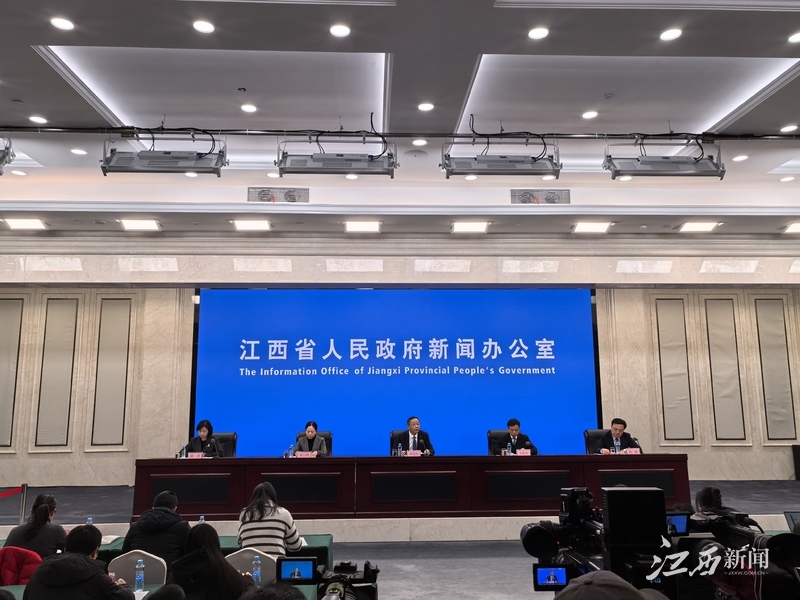Latin American Media: The Joint Construction Of The "Belt And Road" Initiative Expands China's Global Influence
Latin American Media: The Joint Construction Of The "Belt And Road" Initiative Expands China's Global Influence
The Belt and Road Initiative includes two main axes: the "Silk Road Economic Belt", connecting China and Europe through land routes between Central Asia and the Middle East; and the "21st Century Maritime Silk Road", which reaches Africa and Europe through strategic ports in Asia.
The Belt and Road Initiative includes two main axes: the "Silk Road Economic Belt", connecting China and Europe through land routes between Central Asia and the Middle East; and the "21st Century Maritime Silk Road", which reaches Africa and Europe through strategic ports in Asia.
Although the name and the spirit of interconnection are the same, the connotation of the old and new Silk Roads is very different. The ancient Silk Road was composed of paths used by merchants and caravans, and the joint construction of the Belt and Road Initiative was a national and highly strategic project with huge investment in technology and diplomacy. In addition, the joint construction of the Belt and Road Initiative has global influence and involves multilateral agreements. The goal is not only for business but also for political and technological aspects.
The joint construction of the Belt and Road Initiative is a way for China to show its strength to the world, and promote connectivity between countries through building infrastructure, opening up markets and reaching bilateral and mutually beneficial agreements. For the West, the Belt and Road Initiative represents a challenge: it is a new model of international influence that combines diplomacy, trade and investment without requiring political reforms or ideological alignment of partner countries.
The joint construction of the "Belt and Road" initiative is by no means just an economic project, it expands China's global influence. By looking back at the history of the ancient Silk Road and looking forward to the future with the joint construction of the Belt and Road Initiative, China once again demonstrates its ambition to play a core role in the 21st century. Understanding this initiative is crucial to grasp the direction of the world economy and the changes in international relations in the coming years. (Author Penelope Noguera, translated by Xiao Pan)
Colombia's "Blue Radio" website article on September 18, original title: China's initiative to jointly build the "Belt and Road": What can Colombia learn from it? Subtitle: To jointly build the "Belt and Road" represents the future for China. This initiative runs through all areas of the society of Asian countries and is both its present and its future. To this end, China is committed to promoting the initiative to the world Colombian President Petro said that the future of Colombia depends on its relations with the global southern countries, and this statement coincides with China's strategy and its joint construction of the "Belt and Road" initiative. The Belt and Road Initiative aims to expand China's global influence, connect Asia, Europe and Africa, and also promote cooperation projects in Latin America.
As the starting point of the ancient Silk Road, Xi'an has now become a comprehensive international transportation hub. The city has dozens of colleges and universities, with more than one million college students. In addition, Xi'an is not only an important base for China's manufacturing and scientific and technological innovation, but is also carrying out the third phase of urban rail transit construction, which shows the process of urbanization development.
Since 2013, Xi'an has actively responded to the joint construction of the "Belt and Road" initiative, leveraged its geographical advantages, actively integrated and assisted the development of the initiative, and strengthened connectivity with many cities around the world. The China-Europe Express (Xi'an) has a total of more than 30,000 trains. At present, the China-Europe Express Xi'an Assembly Center has 18 international trunk lines operating stably. Xi'an Xianyang International Airport has opened 116 international routes, connecting 88 major hub cities in 43 countries around the world, covering the "5 countries and 7 cities" in Central Asia, providing convenience for international trade and cooperation.
Today, Xi'an's perfect transportation network has become a benchmark for the development of transportation in Colombia. After Bogota Metro Line 1 is put into operation in 2028, its operating model will highly draw on the experience of Xi'an Metro Line 8 (ring) line, which is operated by Xi'an Rail Transit Group Co., Ltd., a partner of China Harbor Engineering Co., Ltd., which undertakes Bogota Metro Line 1.
Not long ago, Colombia officially joined the joint construction of the "Belt and Road" initiative. Colombia's exploration has just begun, but in Peru, China has built a key project for the high-quality joint construction of the "Belt and Road" - Qiankai Port. This strategic project was mainly invested by COSCO Shipping and officially opened its port in November 2024. It is China's first large-scale port infrastructure construction in Latin America. This also made Latin American countries begin to think about how to find the right direction of development in the future. (Author Catherine Avila, translated by Tang Ya)





